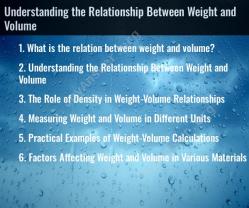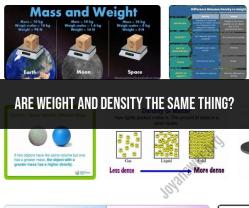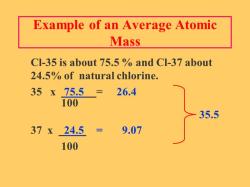What is the mass of a unit volume?
Density is a fundamental concept in physics and material science that helps us understand how tightly matter is packed together. In this guide, we will delve into the concept of density, its significance, and its applications in various fields.
Understanding Density
Density is defined as the mass of an object per unit volume. In mathematical terms, density (ρ) can be expressed as:
ρ = m / V
where:
- ρ: Density
- m: Mass of the object
- V: Volume of the object
Density is typically measured in units such as kilograms per cubic meter (kg/m³) or grams per cubic centimeter (g/cm³).
Significance of Density
Density plays a crucial role in various aspects of science and everyday life:
- Material Identification: Density helps identify and distinguish between different materials based on their mass-to-volume ratio.
- Buoyancy: Objects with lower density than the fluid they are in will float, while those with higher density will sink. This principle explains why objects float in water.
- Construction and Engineering: Engineers use density to determine the strength, durability, and stability of materials when designing structures.
- Environmental Science: Density is used to analyze and understand natural phenomena such as ocean currents and atmospheric layers.
- Fluid Dynamics: Density is a key factor in the behavior of fluids, influencing flow patterns and interactions.
Applications of Density
Density finds applications in various fields:
- Archaeology: Density is used to determine the composition of archaeological artifacts and materials.
- Aeronautics: Aircraft designers consider density when designing aerodynamic structures.
- Medicine: Density measurements are used in medical imaging techniques like CT scans and MRIs.
- Food Industry: Density is used to determine the quality and composition of food products.
Conclusion
Density is a fundamental concept that helps us understand the relationship between mass and volume in different materials. Its applications are widespread, ranging from physics and engineering to medicine and environmental science. By grasping the concept of density, we gain insights into the physical world around us and its underlying principles.













